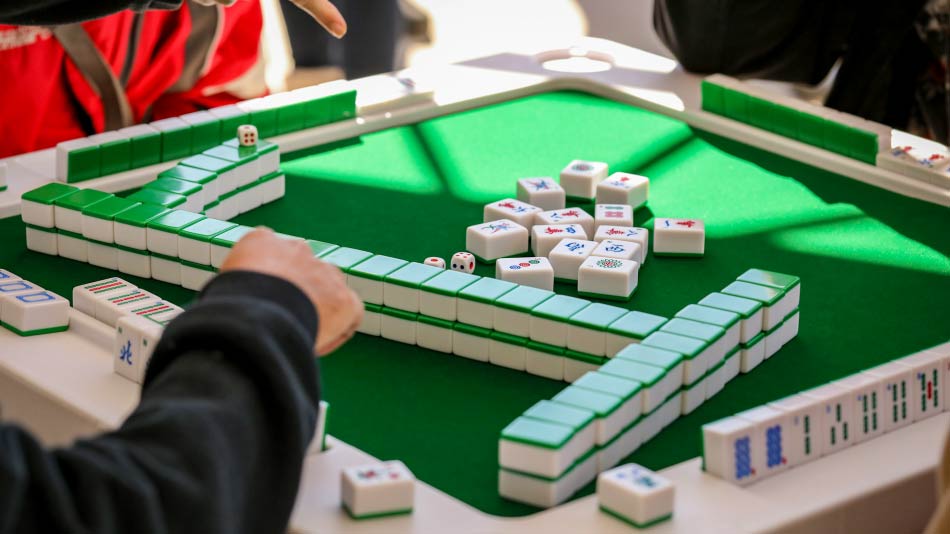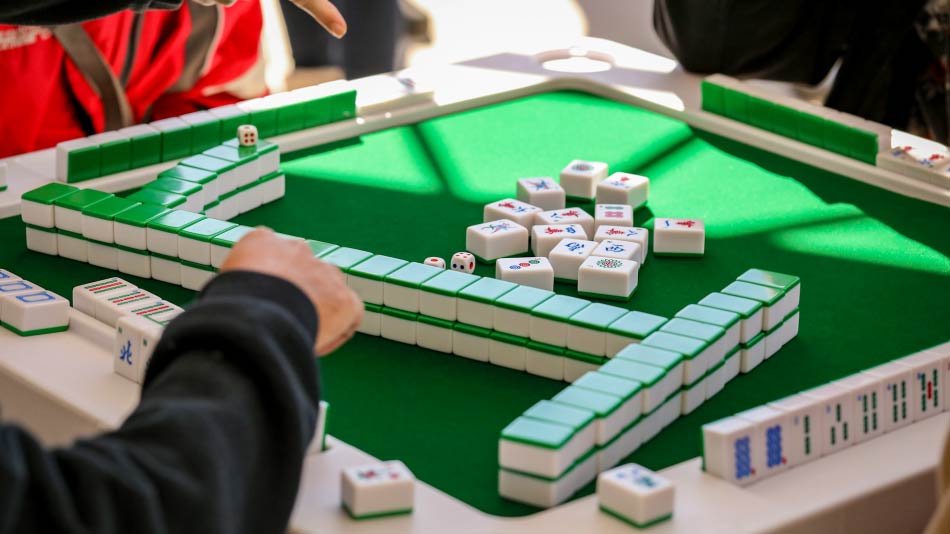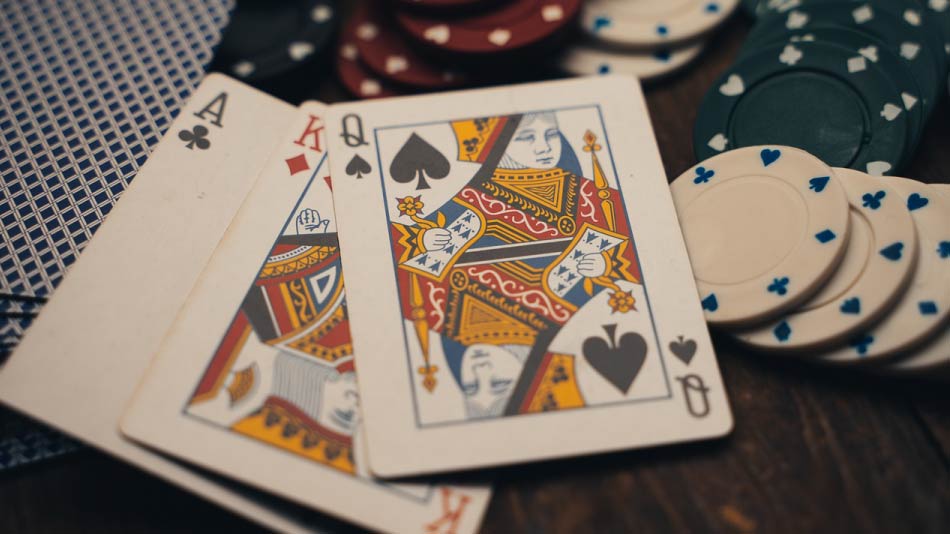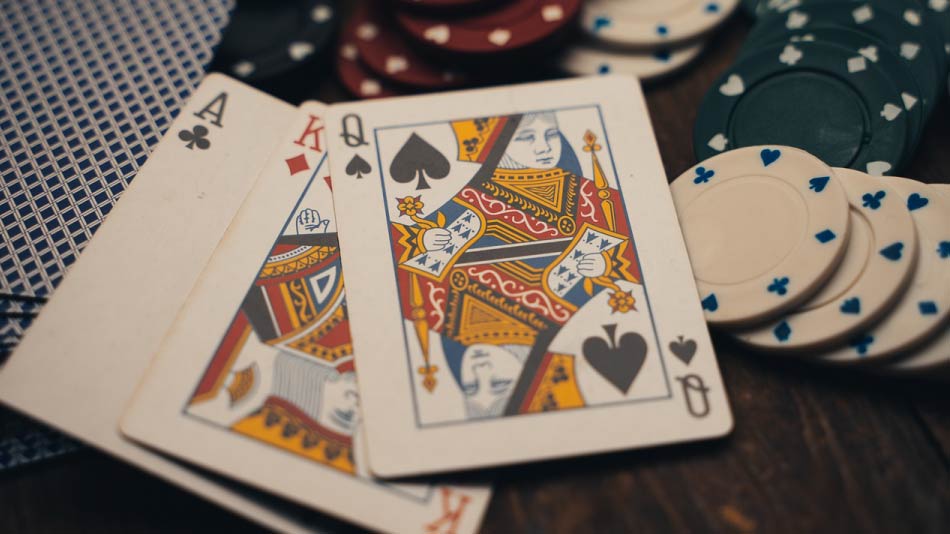
Mahjong is a classic tile-based board game that has captivated players for generations. It is initially believed to have emerged in the mid to late 1800s, around China’s Yangtze River Delta region. Mahjong quickly became a beloved pastime in rural and urban China, and it was enjoyed especially in homes, tea houses, and other social gatherings.
In the early 20th century, Mahjong entered the West due to globalization and cultural exchanges through various trading activities. The game’s simple learning curve and tactical aspect add to its timeless appeal and enduring legacy.
Read on as we trace the origins of Mahjong, look into its shift to the online format, and give you the complete lowdown on the game. So that you can get to enjoy this classic game in the 21st century.
Early Form of Mahjong
There are countless theories related to the origins of Mahjong, including several legends and folklore. One popular tale attributes its invention to the renowned philosopher Confucius, who is said to have designed the game as a way to teach wisdom and strategy. Another legend credits a Chinese army officer who used the tiles to train his soldiers in observation and quick thinking.
However, it is believed that classic Mahjong is said to have taken inspiration from a card game called Madiao, also known as “horse hanging.” Originating in China during the Ming dynasty (1368–1644), Madiao was a popular gambling game that laid the groundwork for many mechanics and principles in modern Mahjong and other tile-based board games.
In terms of popularity, Mahjong is more than just a tabletop game in East Asia. In countries such as China, Japan, South Korea, and Taiwan, Mahjong is an integral part of cultural events, festivals, and social gatherings, often touted as an activity that brings people together.
Mahjong’s Journey to the West
The subsequent popularity of Mahjong in the West can be attributed to the efforts of a man named Joseph Park Babcock. He was an American businessman living in China during the 1920s. While on his business-related travels to China, he came across Mahjong and recognized its potential as a commercial game back in the States.
Babcock knew he had to make Mahjong’s rules simpler and more palatable for the American audience. He subsequently published a book named “The Rules of Mah-Jongg,” which simply laid out the game’s rules for the American audience. Babcock also trademarked “Mah-Jongg” and partnered with companies to produce and distribute Mahjong sets in the U.S. His version of the game streamlined the complex scoring systems and focused on the basic mechanics, making it more accessible to beginners.
The efforts of Babcock eventually paid off, and Mahjong became a smash hit in the West. The game became a cultural sensation, especially among affluent circles and hangouts. It coincided with the West’s growing fascination with East Asian culture during that era. Mahjong sets were looked upon as exotic items, something to have as a sign of luxury and exclusivity.
Online Mahjong
Traditionally, Mahjong was played with 144 tiles; players would need to gather around a table, shuffling and stacking the tiles to form the “wall.” This led to a logistical problem as it required the physical Mahjong tiles, which were a lot to account for, a spacious table, and at least three players present for a game to take place.
However, during the early 2000s, the advent of the internet and online gaming platforms completely revolutionized Mahjong. Many software companies started making online versions of Mahjong, which allowed players to enjoy the game solo or with other online players without the need for physical tables or Mahjong tiles.
Today, online Mahjong is a significant part of internet gaming, with websites, mobile apps, and online casinos like MCW Philippines offering multiple variations of this classic board game. You can look forward to features like simple tutorials, AI-based opponents, and leaderboards, which come in handy whether you are a newbie or a pro-Mahjong player. At MCW Philippines, you can look forward to multiple variations of Mahjong if you are done with the classic rules and want to try new variants like Mahjong Fruit, etc.
A Brief Tutorial to Play Mahjong
Filipino Mahjong stands out among standard Mahjong variants because it is the most streamlined, with simple rules and a focus on strategic gameplay. Although you still have to use the standard 144 tiles, the tile system is much more simplified here.
Setup and Gameplay
The game utilizes three suited tiles: Dots, Bamboo, and Characters, each numbered from 1 to 9. The remaining tiles are classified as Flower Tiles, which include the Winds, Dragons, Flowers, and Seasons. Crucially, in Filipino Mahjong, Flower Tiles are not used in gameplay; they are set aside when drawn and replaced from the wall. This simplification removes a layer of complexity in other Mahjong variants, making it easier for new players to grasp the fundamentals.
The game begins with shuffling all tiles, which are then arranged face-down into four walls, each 18 tiles wide and two high. Player order is determined by a dice roll, with the highest roller becoming the dealer. Each player receives 16 tiles to form their starting hand, drawing eight tiles from the dealer’s wall at a time. Any drawn Flower Tiles are immediately discarded and replaced.
Play proceeds in a counter-clockwise direction, starting with the dealer. A player’s turn consists of either drawing a tile from the wall or claiming the previously discarded tile. After drawing or claiming, the player must discard one tile from their hand, ending their turn. This cycle continues until a player achieves a winning hand.
The Winning Hand and Strategy:
Filipino Mahjong aims to form a winning hand consisting of five sets and one pair, totaling 17 tiles. Sets can be of three types:
- Pongs (three identical tiles)
- Kongs (four identical tiles)
- Chows (three consecutive tiles of the same suit).
Kongs are declared face-up when formed, adding a strategic element to the game. A player who needs only one tile to complete their winning hand is considered to be “waiting.”
Strategy is crucial in Mahjong. Players must carefully consider which sets to form when balancing the desire for a quick win with the need to keep options open for different winning combinations. Chows offer greater flexibility than Pongs, as they can be converted into Pongs if needed, while Pongs are less adaptable.
Stealing Discards and Turn Order
A unique aspect of Filipino Mahjong is the ability to “steal” a discarded tile if used to form a Pong, Kong, or winning hand. This adds a layer of interaction and strategic decision-making to the game. If multiple players call for the same discarded tile, priority is given based on the type of set formed (Kong beats Pong, Pong beats Chow) and turn order.
A winning call of “Mahjong” takes precedence over all other calls. It’s important to note that Chows cannot be called or “stolen” from a discard, adding another strategic layer. However, this rule is sometimes omitted in casual games.
Scoring and Payout
Filipino Mahjong’s scoring system differs from other Mahjong variants. Instead of a complex point system, scoring is based on a simple payout structure agreed upon before the game begins. The payout is doubled if the winning tile is drawn from the wall (Bunot) and doubled again if the winning tile is discarded. The discarding player pays double.
Conclusion
Mahjong, with its rich history and cultural significance, has evolved from a traditional Chinese pastime to a global phenomenon. Mahjong has captivated players for generations, from its early inspirations in games like Madiao to its modern-day adaptations in online platforms. The game’s journey to the West, spearheaded by Joseph Park Babcock, and its subsequent rise in popularity highlight its universal appeal and adaptability.
Today, Mahjong continues to thrive, both in its traditional form and through digital platforms like MCW Philippines, offering players a variety of ways to enjoy this timeless game. Whether you’re a seasoned player or a newcomer, Mahjong’s blend of strategy, skill, and social interaction ensures its enduring legacy.











